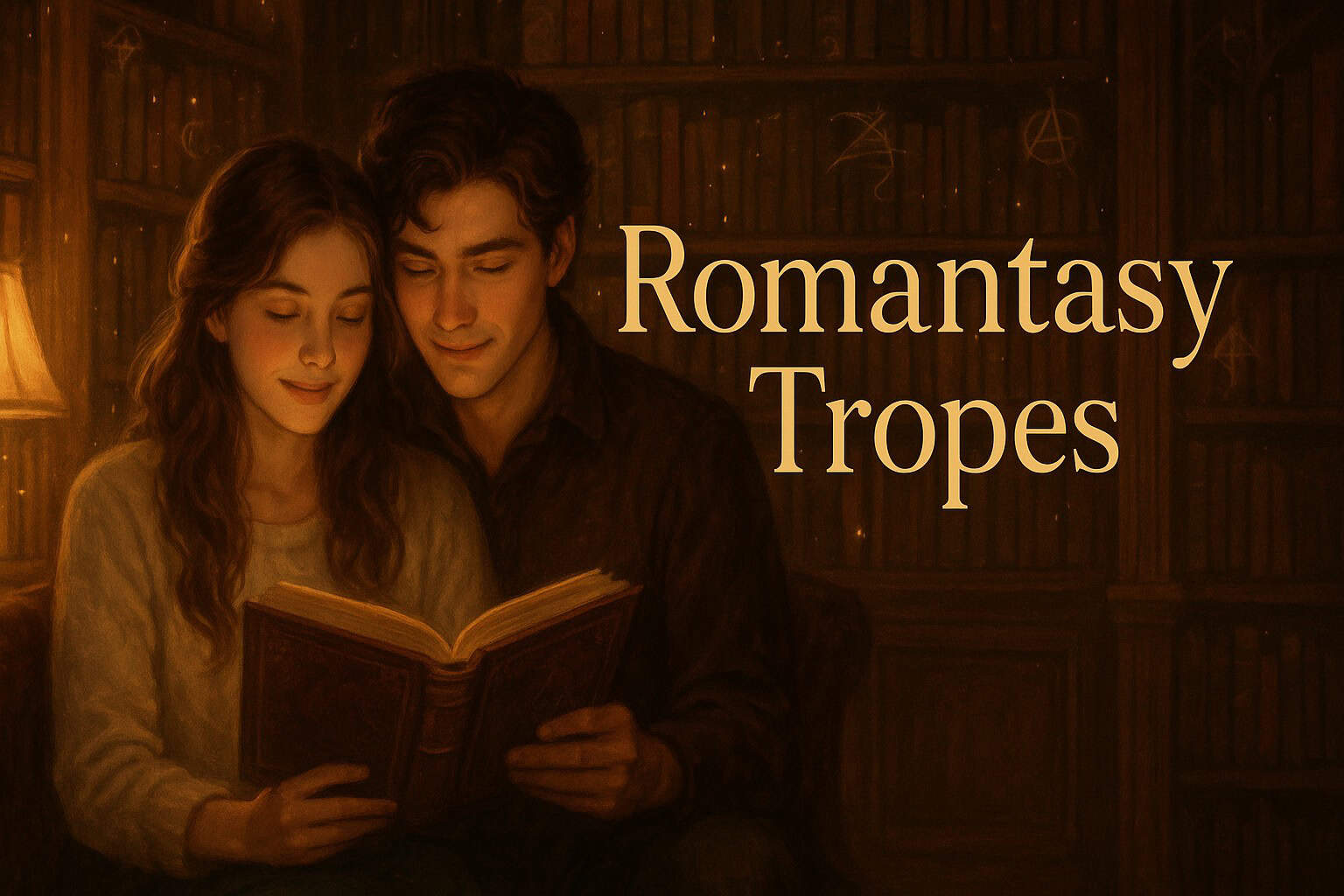Do your fantasy romance stories fail to grab readers from page one? Popular romantasy tropes guide readers through magical worlds and passionate love stories. This blog shares 7 simple tips on how to use these tropes creatively, keeping readers hooked until the happy ending.
Read on for ideas that captivate from start to finish!
Key Takeaways
Romantasy combines romance and fantasy into one genre—set to hit a $610 million market size by 2024, with an impressive 40% growth in sales.
Tropes like forbidden romance, enemies turning into lovers, or couples destined for each other create strong emotional pull and clear storylines, keeping readers constantly hooked.
Successful romantasy novels rely on familiar tropes but steer clear of tired clichés, offering unexpected twists, surprising character choices, and clever new angles.
Bestseller novels such as “A Court of Thorns and Roses” by Sarah J. Maas and “Fourth Wing” by Rebecca Yarros capture major attention, gaining huge followings on BookTok by cleverly using familiar tropes in fresh, engaging ways.
Writers can craft original romantasy stories by reversing fairy tale roles, blending magic with regular life scenarios, shifting classic locations into unexpected settings, or giving side characters deeper, more vivid personalities.
Table of Contents
What Are Romantasy Tropes?
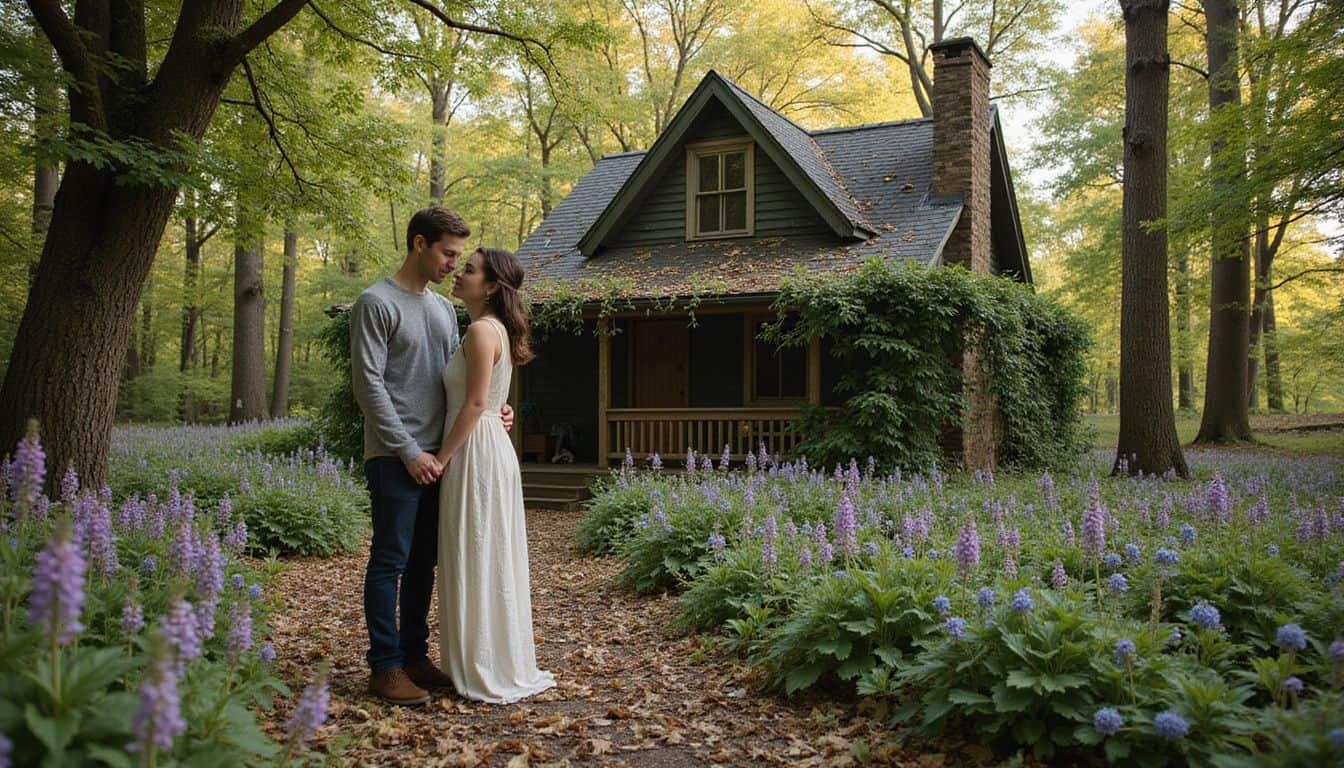
Romantasy tropes mix fantasy and romance, crafting familiar yet captivating plots readers adore. Common examples include enemies-to-lovers, fated mates, or forbidden love—popular storylines found in novels like “A Court of Thorns and Roses” and “Fourth Wing”.
Such tropes act as narrative shortcuts, allowing readers fast emotional connections while giving writers flexible story frameworks. Fantasy’s magical elements blend seamlessly with romance’s emotional pull, often placing love at the center of heroes’ quests and enchanted journeys.
Romantasy unites mythical beings and ancient prophecies with passionate relationships, becoming a perfect match for fantasy and romance fans alike. The best books in this genre use tropes thoughtfully, providing clever twists to keep readers hooked.
Sarah J. Maas, for instance, perfects this style through vivid fantasy worlds where romantic tension pushes characters to grow. Unlike simple fairytales, modern romantasy deepens these classic patterns with layered characters and unexpected turns, challenging reader assumptions in surprising ways.
Popular Romantasy Tropes
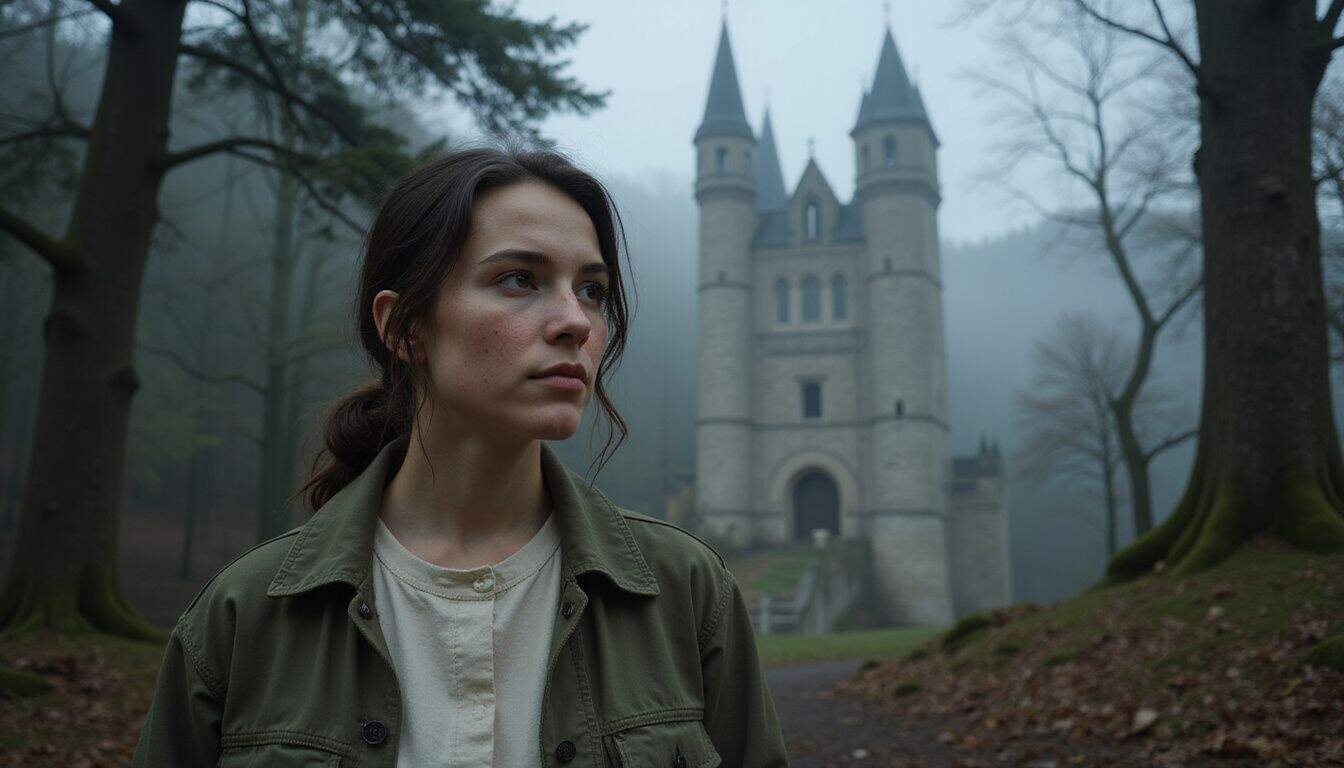
Romantasy tropes form the backbone of the genre’s most beloved stories. These powerful story patterns keep readers turning pages long into the night.
Enemies to Lovers
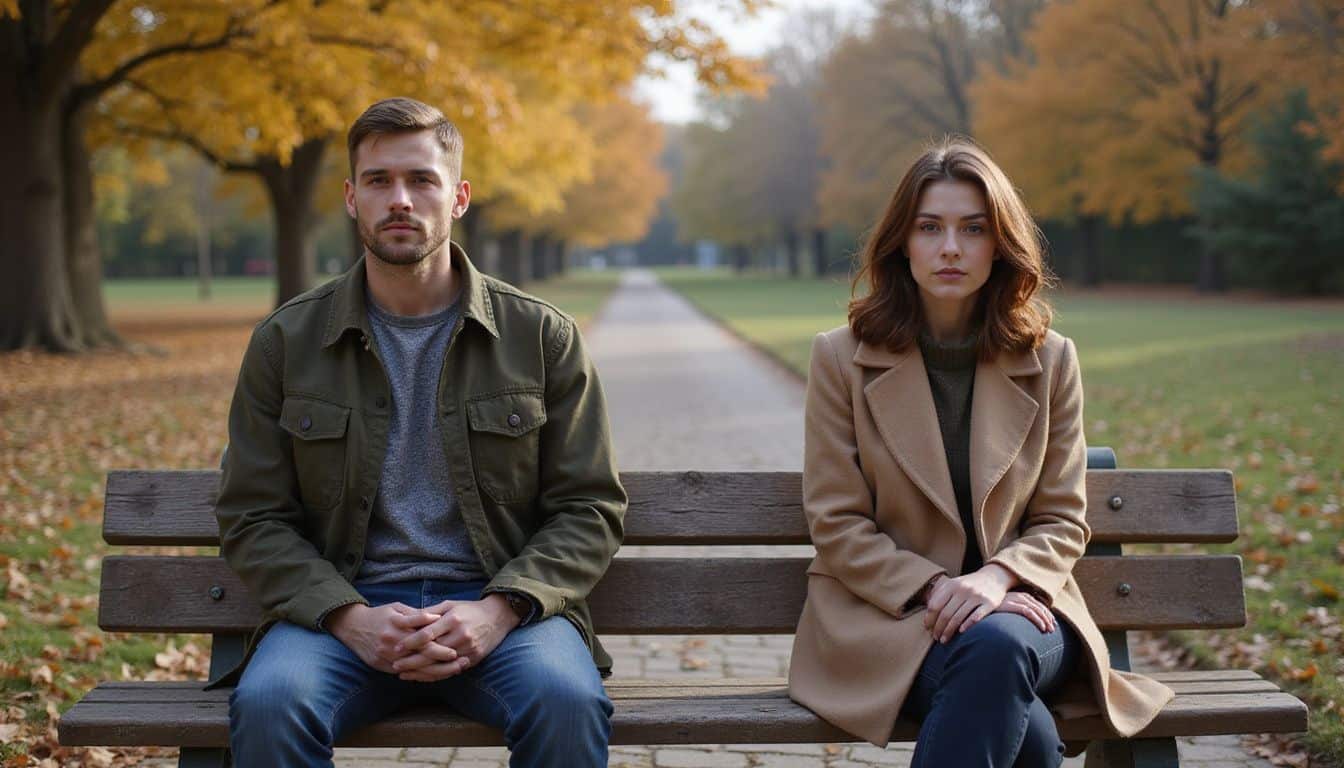
Enemies-to-lovers remains one of the most exciting romantic fantasy tropes popular in books today. This plotline transforms bitter enemies into passionate lovers through a journey filled with tension, discovery, and growth.
Sarah J. Maas does this beautifully in “A Court of Thorns and Roses”, allowing characters to shift slowly from hostility to deep, heartfelt connection. The real magic lies in those subtle, unplanned moments—accidental brushes of hands, reluctant alliances, and gradual weakening of emotional defenses.
Too often, I’ve found books that hurry through this process, shifting abruptly from conflict straight into attraction. The strongest stories take their time, carefully developing each emotional change.
Readers get to experience every subtle shift along with the characters, savoring that sweet tension. Most readers eagerly wait for the exact moment characters finally reveal how they feel—it’s part of what makes this trope deeply satisfying.
The enemies-to-lovers concept resonates since it reflects real-world feelings; powerful emotions—no matter the type—can easily evolve into something surprising. Deep love frequently grows from the most unexpected encounters—making these stories memorable long after the book is done.
Forbidden Love
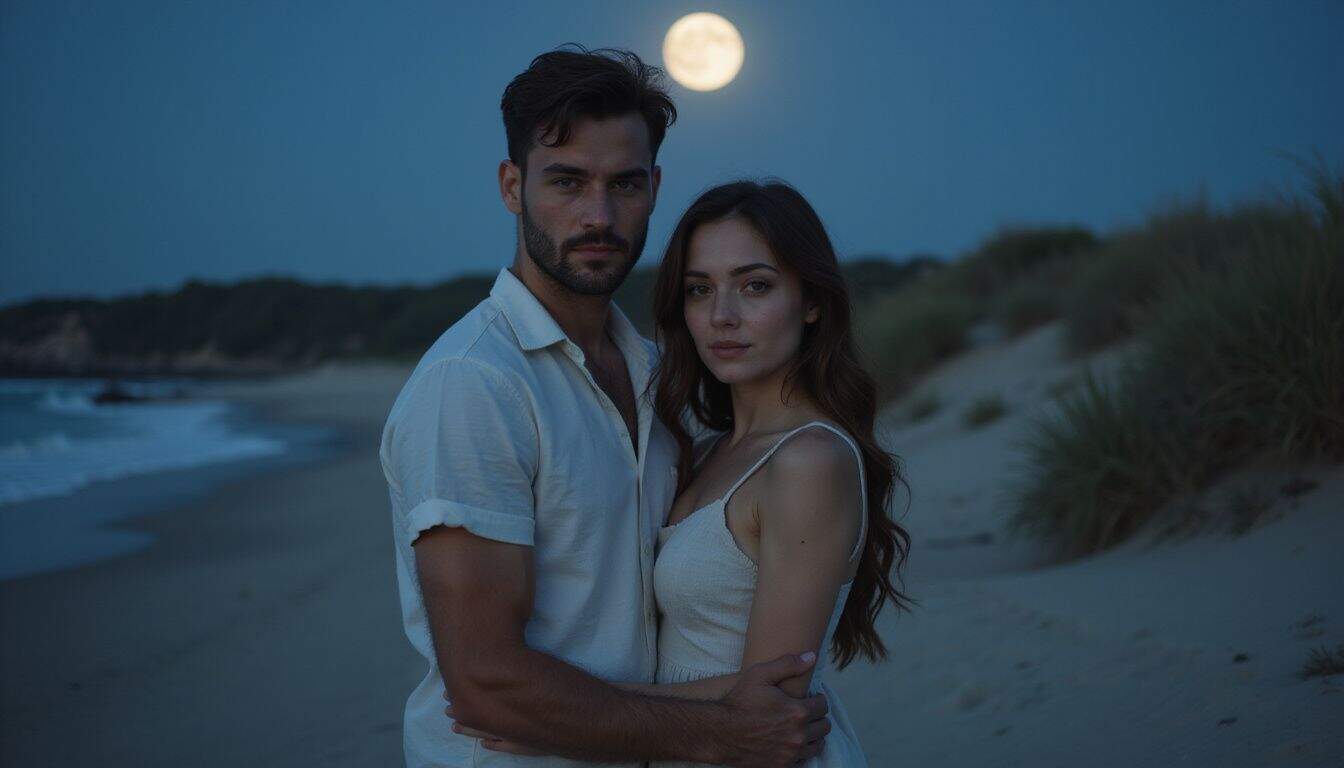
Forbidden love creates captivating magic in romantic fantasy stories—it’s what pulls readers deep into fictional worlds. Lovers often face huge obstacles like family conflicts, differences in class, and strict supernatural rules.
These barriers heighten romantic tension and make love feel more urgent, real, and intense. Novels such as “Pippa of Lauramore” and “The Masked Fae” show couples battling powerful forces standing between them.
Their shared struggle strengthens their bond and grabs readers’ hearts.
Great stories of forbidden romance fuse fantasy elements with genuine emotions readers can relate to. Audiences love rooting for characters who risk everything for the sake of love.
Obstacles drive the plot forward, motivating couples to find creative ways around the impossible barriers. In “Fall of the Ember Throne”, forbidden romance effectively raises emotional stakes and deepens reader investment.
These seemingly impossible situations offer the ideal mix of hope and heartache, keeping readers glued to each page.
Destined Soulmates

Forbidden love creates obstacles, but destined soulmates experience something else entirely. This popular story element says two people are fated to meet across lifetimes, universes, or magical lands.
In “From Blood and Ash”, author Jennifer L. Armentrout beautifully illustrates this idea. Her characters’ souls sense their connection long before their minds even realize it—you feel that instant spark, that mysterious bond, making you sigh with joy.
Soulmate stories naturally deliver romantic tension to fantasy plots. Characters may resist the pull or welcome it with open arms, yet fate already made up its mind—their hearts belong together no matter what.
This idea adds richness to fantasy storytelling, suggesting powerful cosmic forces guide true love. Many women readers tell me they enjoy this fantasy element precisely because it mixes exciting adventure with reassuring certainty.
Knowing someone exists out there who truly fits your heart fulfills our most hopeful wishes around love and relationships.
Some souls are linked across time and space, finding each other in every lifetime, in every world. That’s not coincidence; that’s destiny.
Love Triangle
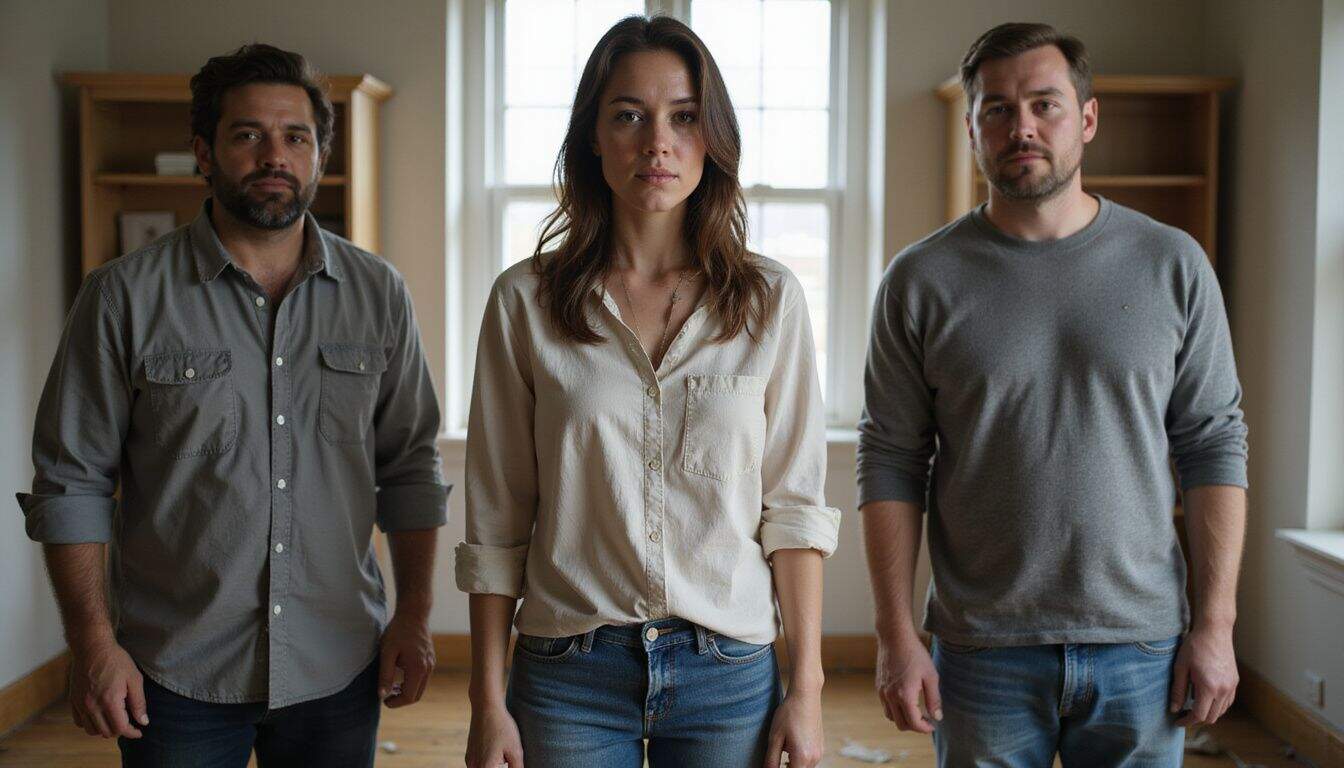
Love triangles add fiery drama to romantasy plots, placing three characters in a tangled web of desire, tension, and emotional conflict. Readers hang onto each scene, eager to find out who eventually pairs off.
For instance, in N.K. Jemisin’s “The Hundred Thousand Kingdoms”, intense feelings push the story forward, keeping the audience hooked and uncertain about the final romance.
Successful love triangles offer more than basic jealousy or rivalry—they push deeper into complex emotions, forcing tough choices and personal growth. Characters face painful decisions, torn between two compelling loves, making readers deeply invested in the outcome.
This classic trope continues to thrive in fantasy fiction; it captures real-life romantic struggles but adds magical twists—making the drama even more irresistible.
Fake Relationship

Fake relationships hook readers by blending tension, humor, and genuine emotion. The characters pretend they’re in love for selfish reasons—maybe to spark jealousy, impress family, or get ahead somehow.
Popular novels like “If You Were Mine” or “The Spanish Love Deception” illustrate this perfectly. The real magic comes when pretend feelings quietly grow real, yet both characters resist admitting what’s truly happening.
Readers can’t get enough—it’s that slow and sweet shift from act to truth that keeps them flipping pages.
Fantasy romance ups the ante, adding magic and danger to the fake romance setup. Imagine a fierce witch pairing up with a rugged warrior, faking affection just to trick a dark wizard.
Or a charming fae prince picking a pretend human bride to protect his claim to the throne. Fantasy worlds bring higher stakes, forcing characters deeper into their pretend roles. Each moment of fake romance becomes more urgent and risky, raising tension at every turn.
This makes the eventual moment of honesty—the one when pretend love finally turns real—even sweeter and more satisfying. These fantasy additions heighten readers’ emotional investment, pulling them deeper into the story.
Second Chance Love
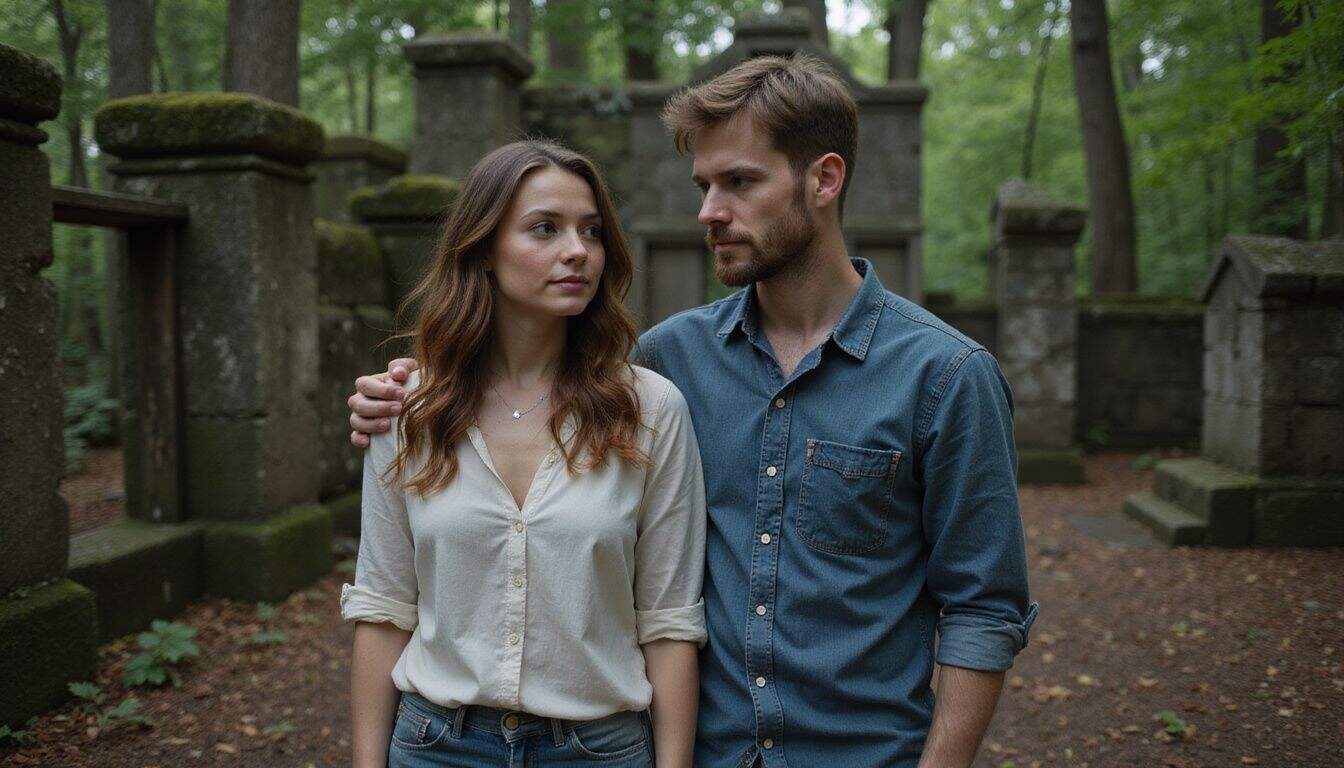 Second Chance Love stories show couples getting another shot at romance after drifting apart. Unlike shallow relationships built on pretense, these tales offer a fresh chance for old feelings to bloom again.
Second Chance Love stories show couples getting another shot at romance after drifting apart. Unlike shallow relationships built on pretense, these tales offer a fresh chance for old feelings to bloom again.
Readers adore this theme for its compelling mix of past memories and hopeful new beginnings. Characters must confront old hurts—facing unfinished issues as they choose to reconnect.
This trope works beautifully in romantasy since fantasy worlds naturally boost emotional stakes. Imagine one partner gaining new magical powers after years apart—or wars, just like the epic struggle dividing Aragorn and Arwen, pulling lovers apart.
The spark between reunited couples feels stronger against magical landscapes filled with danger and drama. These deeply moving stories stir our emotions, tapping into personal desires for healing and finality from former romances.
How Romantasy Tropes Enhance the Reading Experience
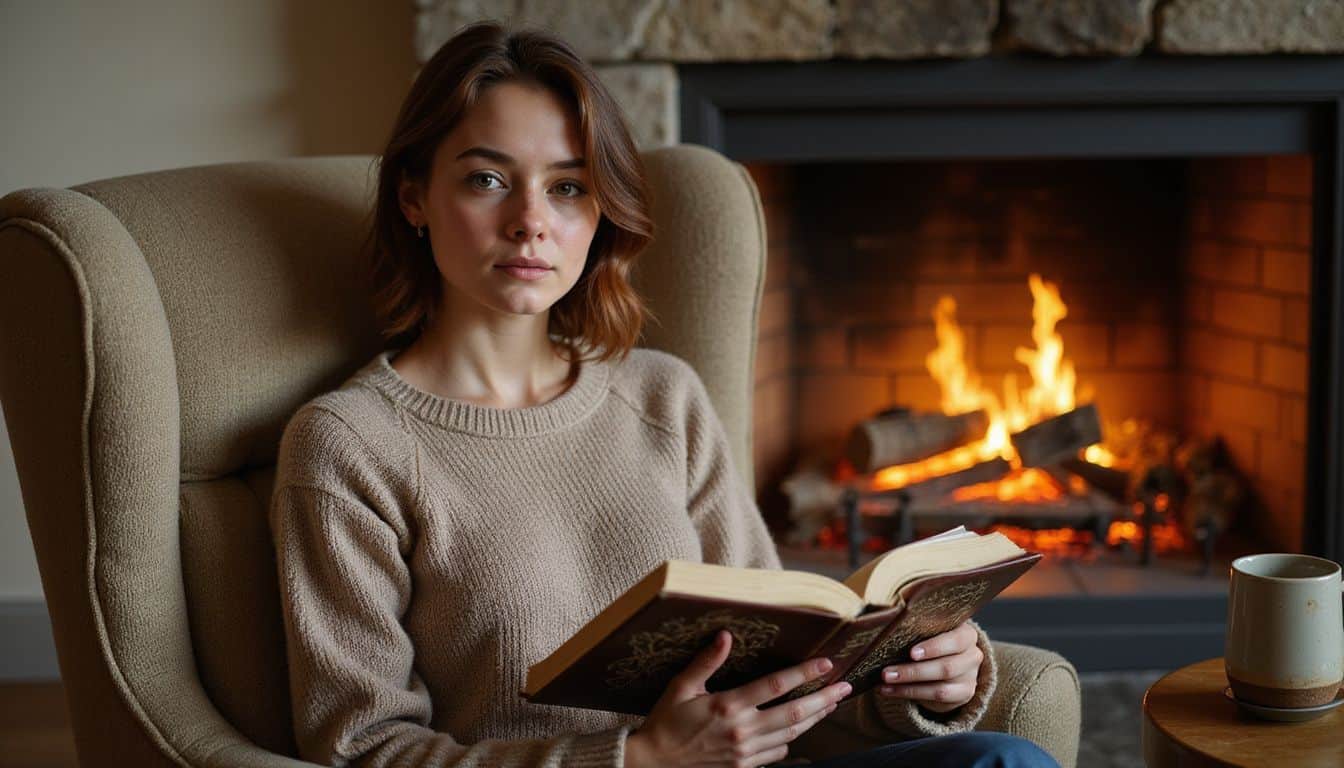
Romantasy tropes add magic to your reading by creating strong bonds with characters, raising the emotional stakes, and moving the story forward in exciting ways—learn how these story elements can transform a good book into an unforgettable fantasy romance that keeps you turning pages late into the night.
Building Reader Engagement
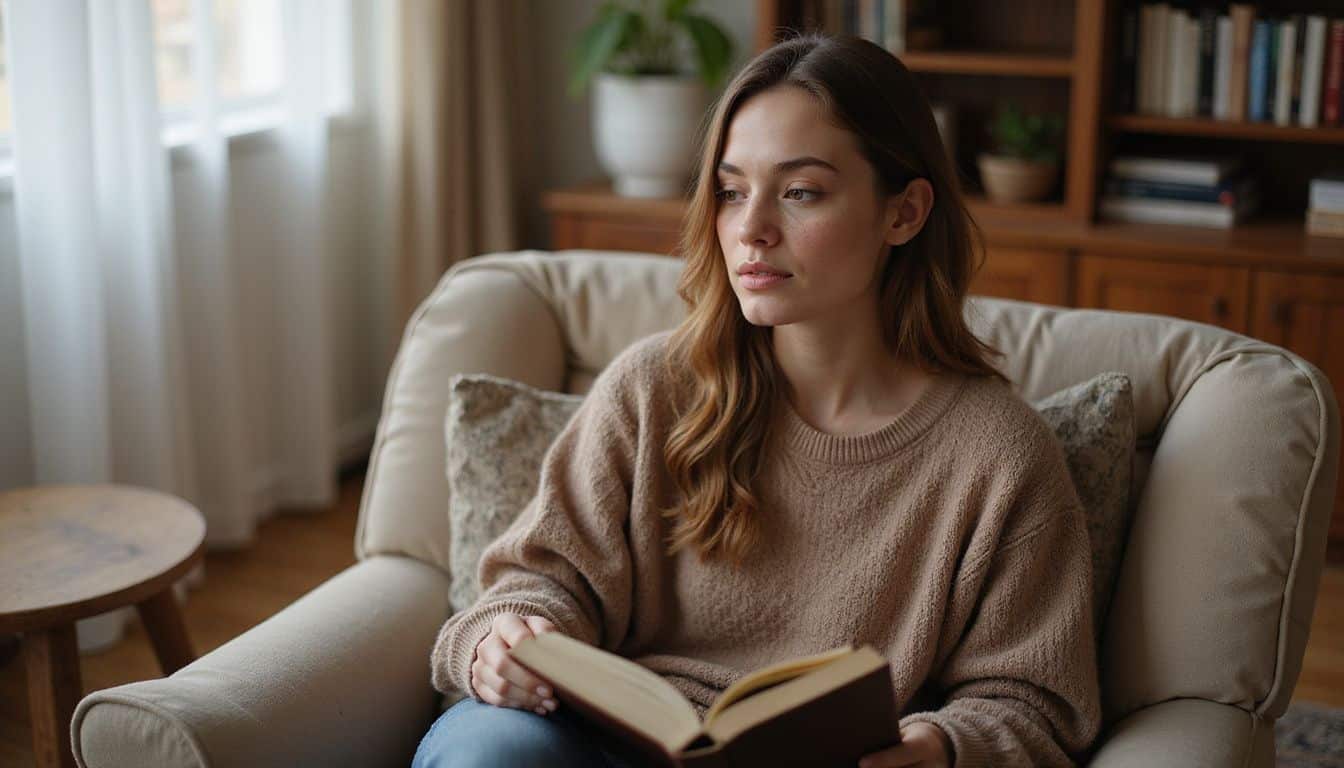
Romantasy tropes quickly pull readers in—and keep pages turning. Common patterns like enemies-to-lovers and forbidden love instantly connect with audiences. On platforms like BookTok, romantasy titles regularly become viral sensations, with popular videos often driving huge spikes in book sales.
Readers bond deeply with characters facing struggles for love, making them truly invested in the outcome.
Well-chosen tropes make promises to the reader. They hint at the emotional ride ahead, yet still leave plenty of room for unexpected twists. Major publishing houses now lean heavily on TikTok to boost an author’s profile.
They understand how passionate readers eagerly spread the word on books hitting their favorite emotional beats. Smart use of tropes sets up an easy shorthand between you and your audience—building reader trust, deepening engagement, and creating loyal fans quick to recommend your stories to their friends.
Creating Emotional Stakes

Creating emotional stakes is essential to keeping readers invested in your romantasy story. These stakes offer your audience clear reasons to care deeply about what happens next. Your characters need to face genuine threats—not just to their lives, but to their hearts.
According to bestselling author LJ Andrews, powerful emotional stakes motivate readers to turn pages rapidly, pulling them into your story.
Effective emotional stakes start with strong character connections and hard choices. Force your lovers into situations that demand they choose between love and responsibility. Show clearly how their romance brings real pain and sacrifice.
Readers crave magnetic chemistry and emotional tension between characters—that spark that leaps right off the page. Consider using forbidden romance or a destined soulmate connection to lift the stakes even more.
The stronger your readers feel the yearning and passion behind each interaction, the more invested they’ll become in where your characters end up.
Driving Plot Development

Tropes give your romantasy story a strong structure that guides the plot smoothly. Take a look at “Enemies-to-Lovers“—like in “The Kissing Booth”—where character conflicts naturally spark turning points.
Tension gradually rises as rivals notice growing romantic feelings, clearly marking key moments readers easily recognize.
A good trope doesn’t just decorate your story; it becomes the engine that drives it forward.
Effective tropes introduce built-in problems for your characters to tackle. Consider the “Forbidden Love” story of the Capulet and Montague families, pushing characters into difficult decisions that reshape their lives.
These familiar setups help readers relate easily to your fantasy setting, while still leaving room for new twists that keep things fresh. Emotionally charged stakes flow naturally from these tropes—making readers deeply invested and eager to see what’s next.
Tropes vs. Clichés: Understanding the Difference

Romantasy stories rely heavily on tropes as core building blocks—yet clichés weaken your narrative. Readers often enjoy classic tropes like enemies-to-lovers or forbidden romances, since they create familiar ground for fresh storytelling.
These common plot devices work well, because they appeal to deep emotional desires and expectations. On the flip side, clichés feel tired, predictable, and bland—think helpless heroines always waiting for rescue or cheesy dialogue that makes readers cringe.
The real difference is execution: successful tropes contain unique twists and surprises, while clichés remain recycled and uninspired.
Plenty of fantasy novels have thrived by taking classic fairy-tale tropes and enriching them through character growth and creative world-building. Stories such as “Legends & Lattes” illustrate how even basic tropes can become engaging, thanks to thoughtful writing and fresh perspectives.
Skilled authors see tropes as helpful starting points, choosing instead to build on them with personal touches and original ideas. This keeps readers hooked through emotional drama, compelling plot turns, and new surprises.
Over the years, romantasy tropes have shifted and evolved—mixing fantasy magic with romance—to create stories readers find fresh and intriguing.
Evolution of Romantasy Tropes

Romantasy tropes have grown beyond simple fairy tale patterns into rich story elements that mix magic with modern love stories. Writers now blend classic fantasy elements with fresh romance angles to create stories that feel both familiar and new.
Blending Fantasy and Romance Elements

Fantasy and romance come together beautifully in romantasy novels, creating stories that draw readers in on two fronts—magic and passion. Magical powers and creatures set the stage for intense romances that hold the entire plot together.
Authors might blend spell-casting adventures with slow-burning love plots, or dragon-riding heroes with romances that break all the rules. By 2024, the romantasy market will hit about $610 million, clearly showing that readers love this mix of thrilling romance and enchanting worlds.
Many authors use fairy-tale settings, but they spin these familiar themes into fresh, updated tales.
Series are ideal for romantasy books; they let characters’ magical skills and relationships grow naturally over time. Personally, I love when stories build vivid, detailed worlds and also offer steamy romantic moments—that combo keeps me hooked until dawn.
Sales growth figures around 40% show readers are hooked by the blend of heartfelt romance and fantasy magic side-by-side. Bestselling examples feature sorcerers meeting their soulmates, or ordinary people suddenly gaining magical talents while falling deeply in love.
Introducing Subversive Twists
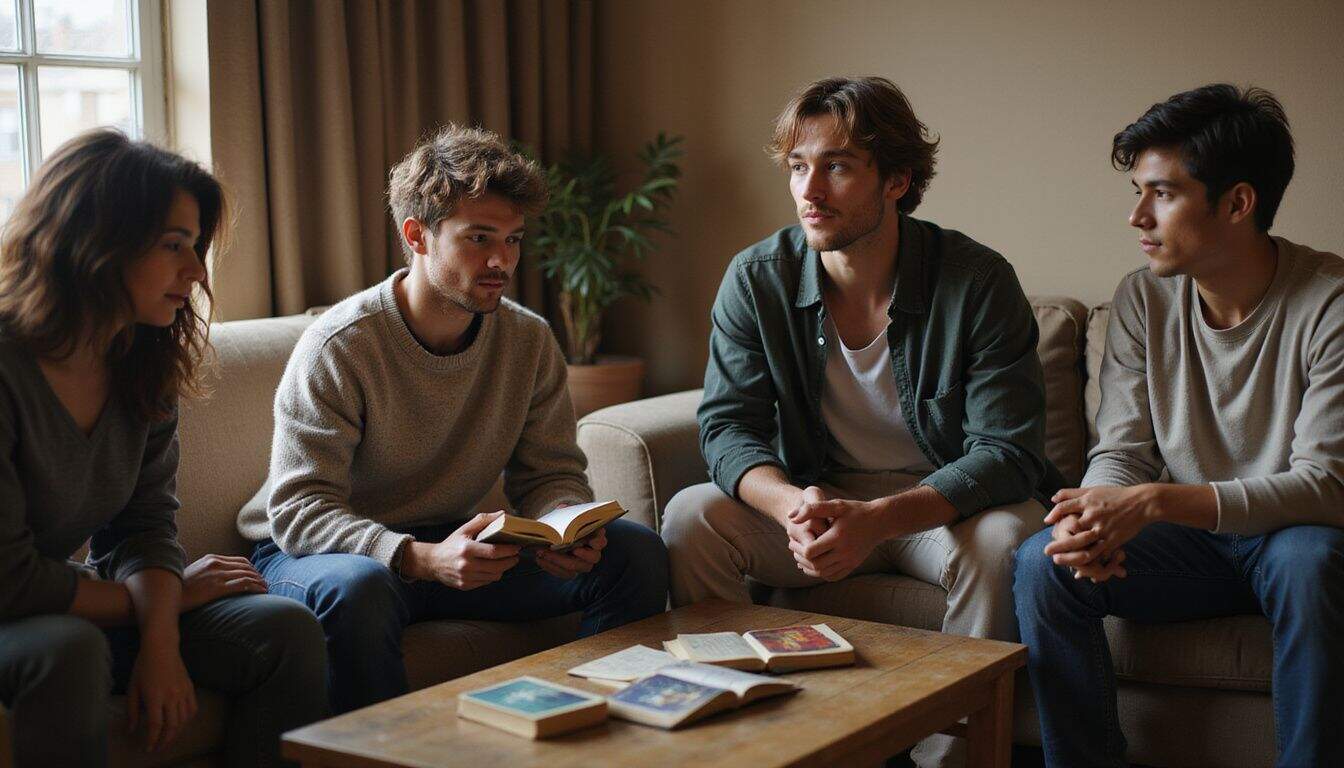
Today’s authors blend romance and fantasy, often flipping common tropes upside down to surprise their readers. These unexpected twists shatter tired patterns, creating new and thrilling stories.
I’ve seen books featuring “sword lesbians” and “non-binary necromancers” explode in popularity on social media apps like TikTok. Writers are moving beyond classic damsel-in-distress plots, aiming for fresh narratives with a more inclusive, modern feel.
Readers increasingly prefer stories that challenge their assumptions about fantasy adventure. Characters might begin as heroes destined to save the world, but then refuse their expected paths.
Even villains are given understandable reasons behind their choices, breaking typical story molds. Such surprising storylines set romantasy novels apart in today’s crowded market.
My book club recently praised “The Left Hand of Darkness” for stepping beyond standard gender roles yet keeping a powerful romantic connection at the story’s core. These imaginative elements help authors tell original tales, satisfying readers who enjoy heartfelt, emotional bonds.
Tips for Writing Unique Romantasy Tropes
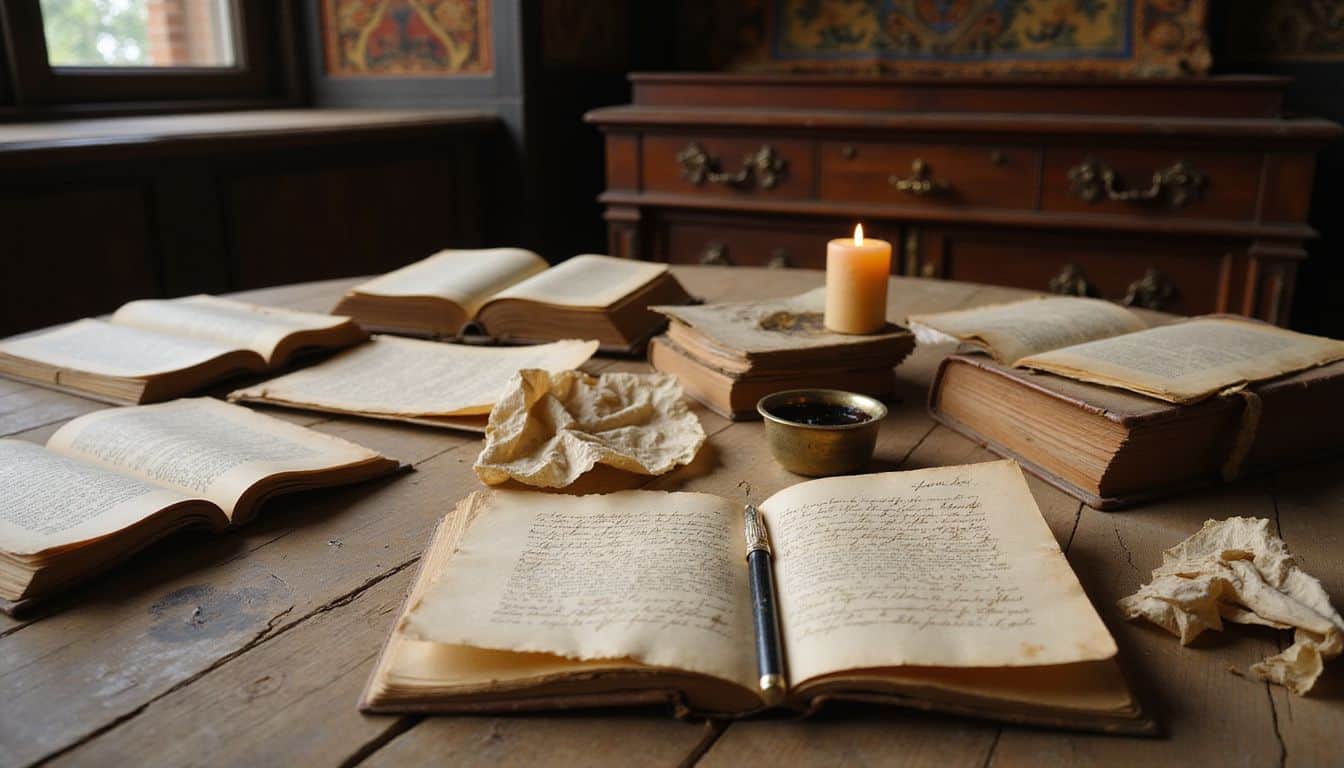
Creating unique romantasy tropes can make your story stand out in this popular genre. Try these seven creative tips to transform familiar ideas into fresh ones your readers will love:
- Flip fairy tale roles—let the prince become the one rescued, and give your princess the sword and shield.
- Mix magical elements with everyday life: imagine dragon riding as just another skill teens learn in school.
- Play with moral boundaries by making villains deeply relatable or heroes unexpectedly flawed.
- Shift expected settings: instead of castles and kingdoms, imagine a romance in a bustling magic-inspired city or a hidden underwater society.
- Use humor and awkwardness: picture a wizard fumbling through spells on a first date or a romantic moment interrupted by inconvenient magic mishaps.
- Layer modern challenges like job hunting, social media pressure, or student loan stress into the magical adventures of your couples.
- Add unexpected pets or sidekicks—maybe a sarcastic talking cat or a shy dragon—to keep interactions fun and relatable.
Add Depth to Side Characters
Side characters should never be simple props in your romantasy novel. Sometimes—even in popular stories like Patrick Rothfuss’s “The Kingkiller Chronicle”—supporting characters exist only to push the central love story forward.
Your readers deserve better. Give side characters their personal goals, unique flaws, and small arcs that develop right alongside your main romance plot. I often write short backstory sheets for each supporting character, including their motivations and past experiences.
Doing this helps them become more realistic—like genuine people, whose lives keep moving even beyond the pages.
Strong supporting characters add depth to fantasy worlds and make your romantic narrative richer. They can express fresh perspectives about relationships, challenge the lead couple’s ideas, or offer humorous moments to break tension.
Consider giving side characters hidden secrets or unique talents that become critical in later chapters. Readers connect to surprises like these, building deeper emotional investment in the story.
A love story becomes more believable if it’s surrounded by characters who clearly have their own hopes, struggles, and ambitions.
Change Traditional Settings
Shifting your love story from castles to space stations adds fresh excitement for readers. I once placed a classic enemies-to-lovers romance inside an underwater city, rather than a royal setting, and my beta readers were hooked.
Fantasy doesn’t always have to resemble medieval Europe. You could try desert kingdoms, floating islands—or even a modern city—with magic hidden right in everyday life. Changing scenery pushes characters into unexpected obstacles, letting their relationships grow organically.
A new setting lets you play around with different social norms and power dynamics. A romance between rival merchant families in a steam-powered city creates different pressures than the same story told in a magical fairy kingdom.
Fantasy novels succeed most when writers blend surprising touches into familiar love plots. The next section explores how giving more depth and personality to minor characters can elevate your romantasy, taking it from good to truly unforgettable.
Examples of Popular Romantasy Books and Tropes
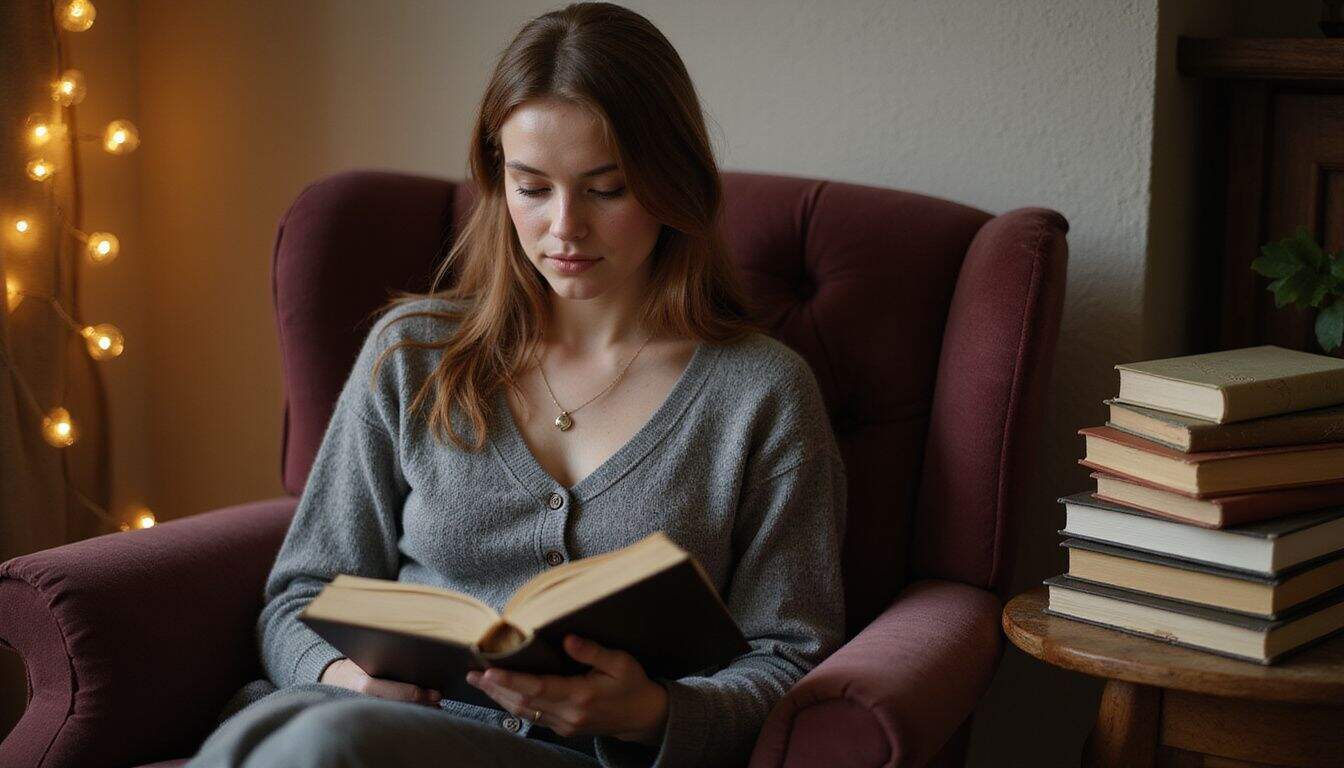
From “A Court of Thorns and Roses” to “Fourth Wing,” these books show how tropes like fated mates and enemies-to-lovers can grip readers from page one – check out these stories to see how top authors blend magic with heart-pounding romance!
Best-Selling Romantasy Titles
Romantasy novels are sweeping bookstores everywhere, mixing enchanting magic with pulse-racing romance. They’ve risen quickly to best-seller status, boosting viral fan followings on platforms like TikTok, where readers share enthusiasm for spicy storylines and vivid, relatable characters.
Here’s a quick list of popular romantasy reads you’ll want to check out:
- “A Court of Thorns and Roses” by Sarah J. Maas revolves around Feyre and Tamlin in an intense enemies-to-lovers storyline, set amid strained coexistence between humans and the fae—marking itself as a cornerstone of recent romantasy fiction.
- “From Blood and Ash” by Jennifer L. Armentrout follows Poppy, designated the Maiden, who unexpectedly falls for Hawke—her personal guard—in a forbidden love that shakes her fate and society itself.
- “Fourth Wing” by Rebecca Yarros soared onto bestseller lists in 2023, winning fans with dragon-riding, magic schools, and a romance slow enough to leave readers flipping pages deep into the night.
- “Moon Called”, written by Patricia Briggs, introduces shapeshifter Mercedes Thompson, who juggles intricate romantic connections while dealing with werewolves, vampires, fae—and everything in between.
- “Crescent City”, another hit from Sarah J. Maas, brings together urban fantasy excitement and passionate relationships, featuring detailed magical elements and compelling scenes of intimacy.
- “The Bridge Kingdom” centers on political drama and a strategic marriage arrangement, slowly evolving into true romance as mistrust fades and former foes turn into lovers.
- “Throne of Glass”, also by Maas, pairs thrilling assassin adventures with several compelling romantic prospects, settling into a powerful final love story and rewarding readers with rich character development.
- “These Hollow Vows” channels fairy tale imagery into a moody fae fantasy, where the heroine is torn romantically between two royal princes—with dangerous consequences looming close behind.
- “Kingdom of the Wicked” serves up demon-themed romance alongside enticing Italian culinary details, delivering an immersive sensory journey above and beyond typical fantasy tropes.
- “The Plated Prisoner” begins as a creative twist on classic retellings but quickly becomes a gripping tale all its own, with powerful explorations of overcoming trauma woven seamlessly through its romantic center.
Notable Tropes in Recent Books
Romantasy novels today offer fun, fresh trope combinations that fans simply love. These popular themes keep readers hooked, turning page after page late into the night:
- “Enemies-to-Lovers” tropes feature characters who begin as bitter rivals, only to discover irresistible chemistry. Readers get to savor the slow burn as hostility gradually gives way to attraction.
- “Morally Ambiguous Characters” often take center stage in current romantasy novels. These layered figures blur traditional boundaries between heroes and villains, keeping readers intrigued about who deserves their loyalty.
- “Fated Mates” remain a beloved staple in fantasy romance. Tropes like magical bonds, prophecies, or supernatural destiny make readers eager to see two characters finally unite.
- “Chosen One with a Twist” refreshes traditional fantasy by adding romantic conflict. Books often feature heroes balancing heavy responsibilities—like saving the world—with relatable romantic struggles.
- “Forbidden Love” between rival magical clans, different species, or enemy kingdoms creates built-in conflict. Novels such as “Can’t Spell Treason Without Tea” use these barriers to ramp up emotional stakes for the couple.
- “Found Family” blended with romance appears in stories like “Gideon the Ninth”. Characters discover romance and a support network all at once, making their relationships richer and more meaningful.
- The “Fish Out of Water” trope drops characters into unknown magical environments, forcing them to navigate romance and adventure side by side. Readers get to explore the fantasy setting through the protagonist’s eyes.
- “Magical Bargains” put main characters in tricky situations—often forcing them close together—allowing romance to develop naturally, even against their initial wishes.
How Will Romantasy Tropes Evolve in 2025?
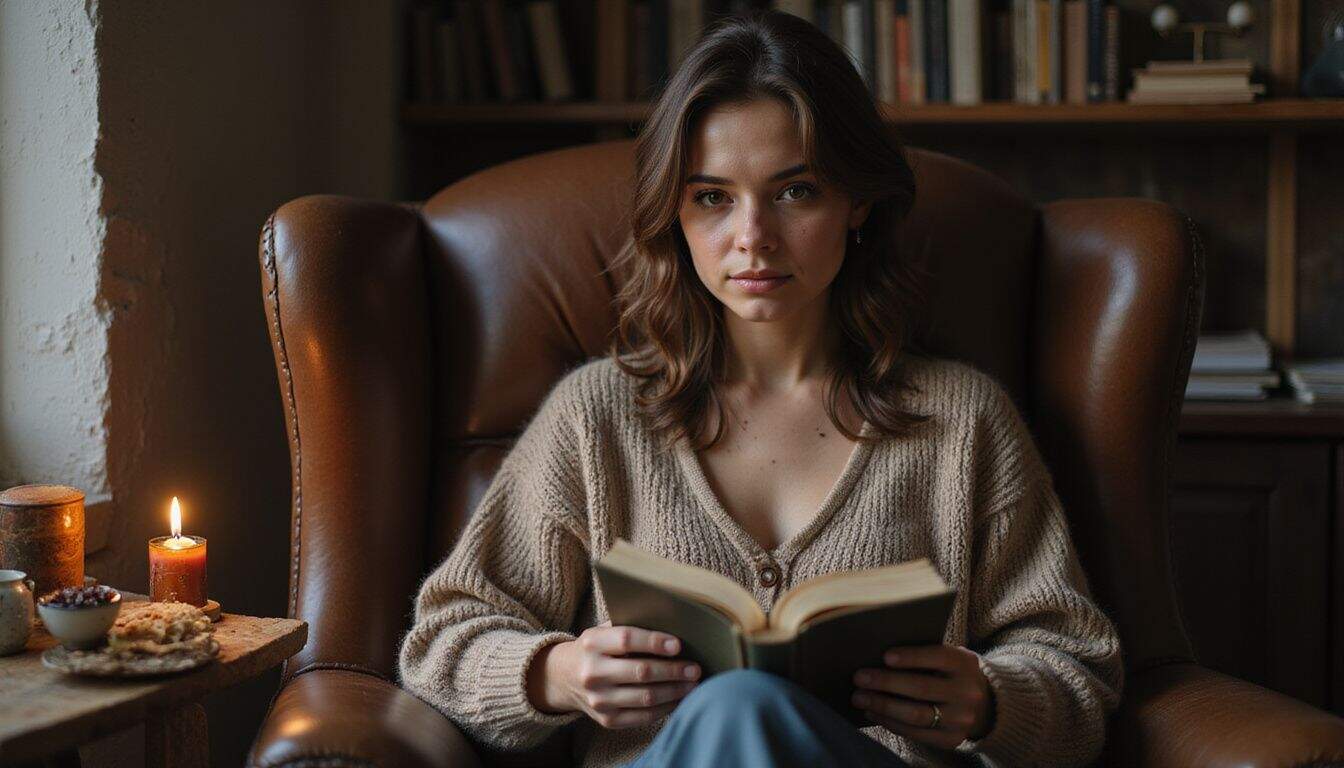
Romantasy tropes are set for major changes in 2025, with authors crafting fresh, diverse stories that break away from traditional patterns. The old-fashioned “damsel-in-distress” role has evolved—now we see bold heroines who rescue themselves and still manage to find love.
Writers will continue blending fantasy adventures and romance novels, exploring new paths beyond the standard “enemies-to-lovers” theme. Relationships will become more layered, touching on deeper emotions and more realistic interactions.
Stories in romantasy’s future will flip reader expectations, offering plots full of mutual longing, surprising turns, and slow-burn romances with unexpected sparks. Platforms like TikTok will still shape these trends, encouraging writers to develop characters and scenarios that feel both relatable and excitingly new.
Fantasy novels with a romantic twist will gain even more fans, as readers choose stories that provide both thrilling magical journeys and heartfelt emotional bonds.
People Also Ask
What is romantasy and why is it so popular?
Romantasy blends romance with fantasy fiction, and readers can’t get enough of it lately, especially on social media platforms like TikTok. Books such as Twilight or Diana Gabaldon’s Outlander series draw readers by combining passionate love stories with intriguing magical adventures. Fans connect deeply with the characters’ relationships, while also escaping into imaginative settings—magic and romance together offer the best of both worlds.
Which tropes work best in romantasy fiction?
Readers prefer romantasy novels featuring tropes like enemies-to-lovers, forbidden love, and fated mates. They especially enjoy plots where characters overcome magical barriers to find romance. Fairy tale retellings with modern twists attract attention, along with stories flipping the classic damsel-in-distress idea on its head—audiences love seeing strong heroes and heroines find each other despite magical odds.
How important is the happily ever after ending in romantasy?
Happy endings matter greatly in romantasy fiction. Even if the journey feels dark, dangerous, or challenging—readers expect romance to conclude in a satisfying resolution. The adventure can have ups and downs, plenty of tension, or dramatic troubles, but it’s the emotional payoff, a joyful ending similar to classic rom-com movies, that romantasy readers crave.
Can fanfiction help writers understand romantasy tropes?
Absolutely—fanfiction platforms like Archive of Our Own are goldmines for writers hoping to grasp popular romantasy tropes. Popular fan stories clearly show the types of character arcs and romantic scenarios readers love most. Authors gain valuable insights into which pairings, magical setups, and romantic twists truly resonate with readers today.
How do high fantasy and low fantasy differ in romantasy?
High fantasy romantasy stories occur in completely fictional worlds, packed with detailed magic rules and fantasy cultures. Low fantasy, meanwhile, places magical elements into familiar settings, like everyday life in the modern world—examples include authors like TJ Klune or Casey McQuiston. Both fantasy styles successfully incorporate compelling romance, but each style requires authors to approach storytelling and world-building in unique ways.
How can writers market their romantasy books effectively?
TikTok has become essential marketing territory for romantasy authors. Short, punchy videos teasing memorable scenes—some magical, some romantic, and even a bit spicy—can earn attention quickly, driving traffic to author websites and online stores. Writers would benefit from studying successes like Helen Fielding’s Bridget Jones series and E. L. James’s Fifty Shades of Grey. Understanding how these stories captured large audiences helps new authors leverage today’s social media trends, engaging readers who crave romantic fantasy adventures.
References
https://shariltapscott.com/2022/07/20/favorite-romance-tropes-fantasy-edition-forbidden-love/ (2022-07-20)
https://briarblack.com/are-you-faking-fake-relationship-romance-trope/
https://blog.reedsy.com/what-is-romantasy/
https://www.masterclass.com/articles/popular-romance-fiction-tropes-to-keep-your-readers-hooked
https://technicaeditorial.com/romantasy-revisited-focusing-on-tropes/
https://www.writeforharlequin.com/hooks-vs-tropes-whats-the-difference-2/ (2023-03-17)
https://www.scribophile.com/academy/cliche-vs-trope
https://rantsonromance.com/romantasy-tropes/
https://jerichowriters.com/20-powerful-romance-tropes-and-how-to-make-them-original/
